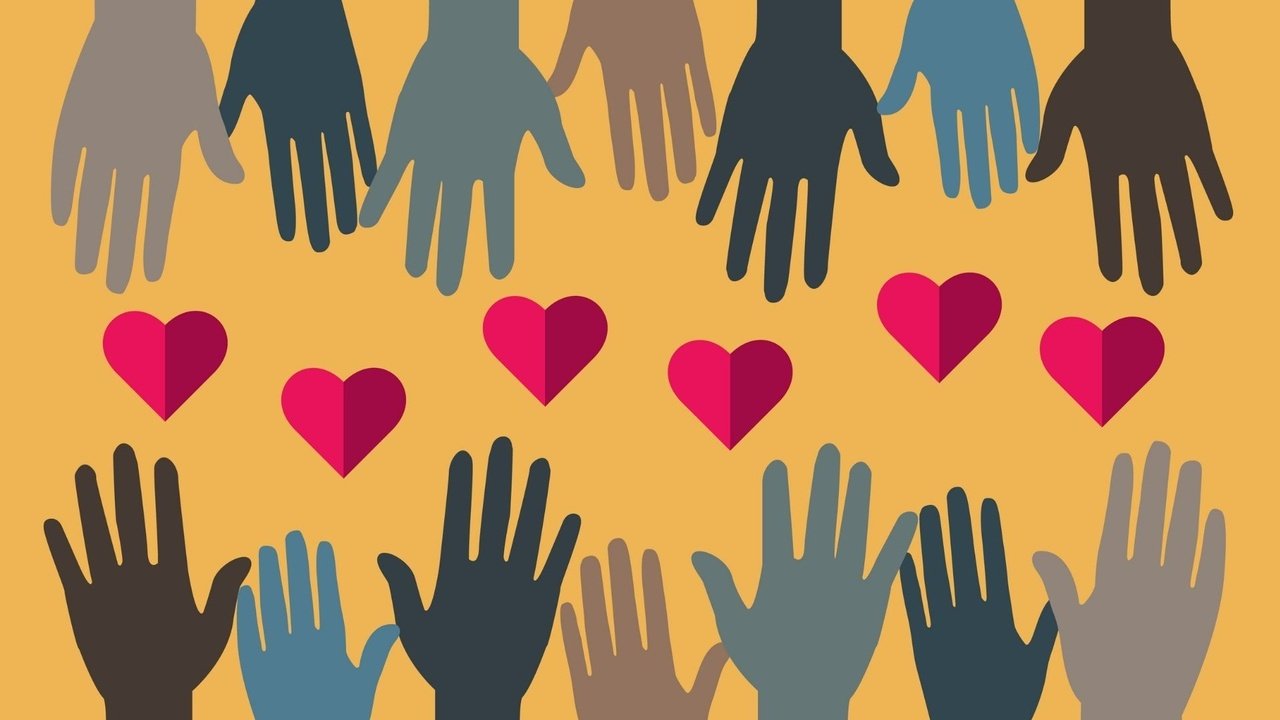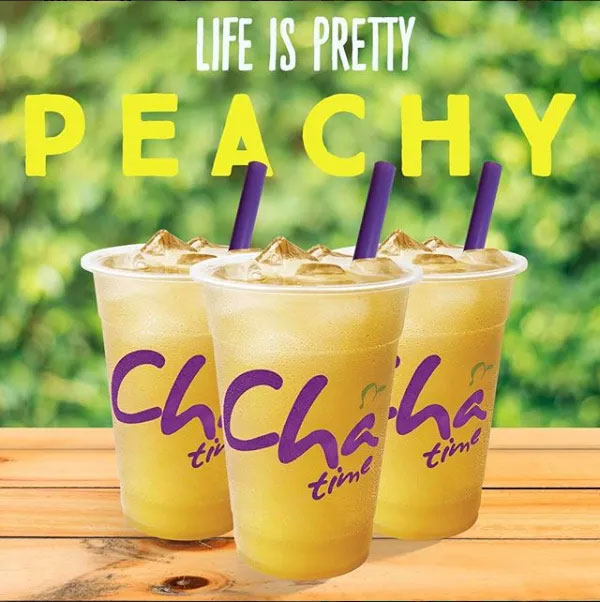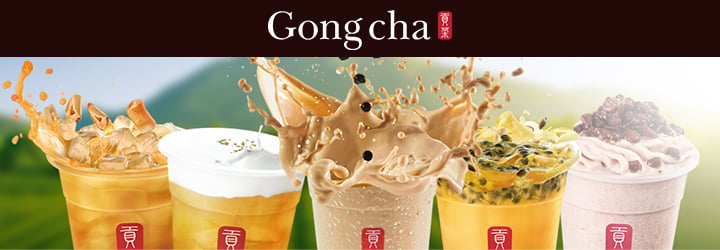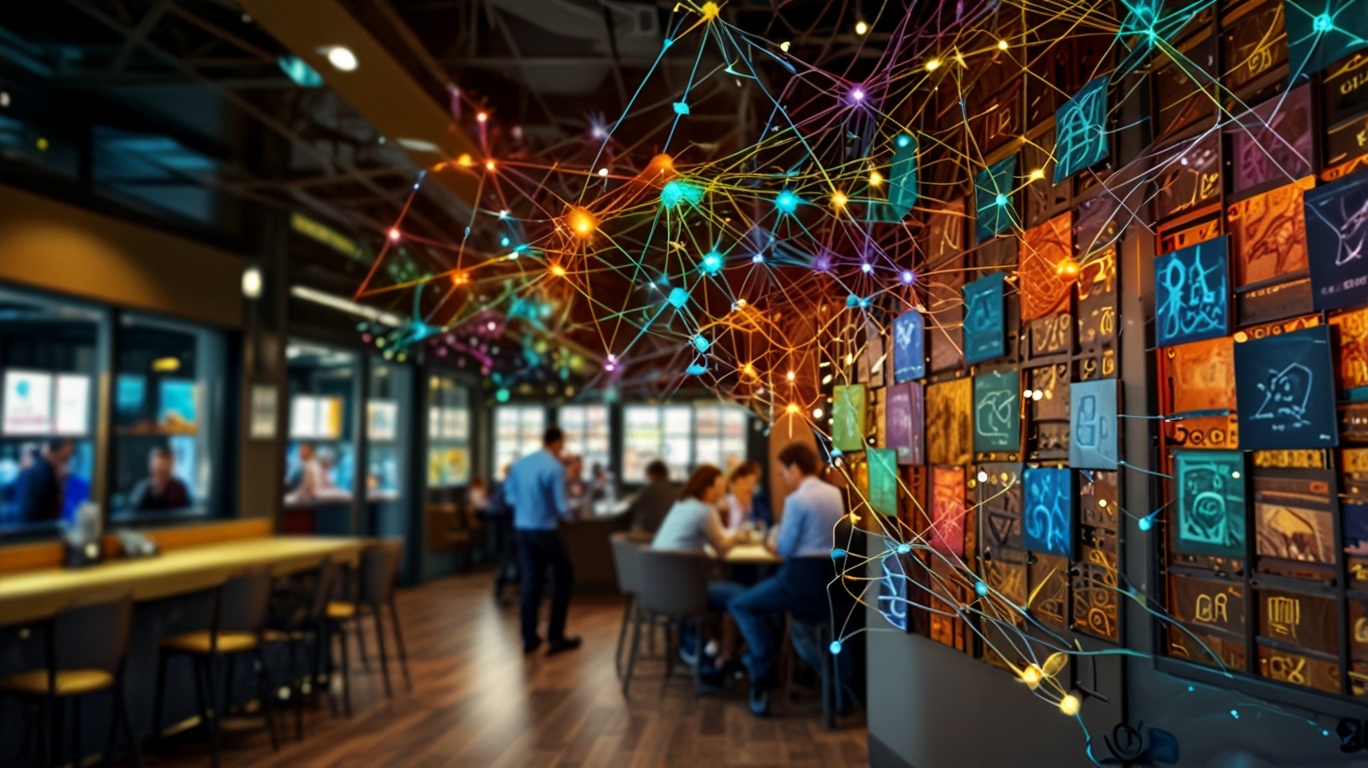Chatime Australia is pleased to announce our official partnership!
Chatime Australia is pleased to announce our official partnership with Redcat Hospitality Solutions after a successful software roll out to the...
3 min read
Louie Scarpari : 02/03/2023 11:54:41 AM

Loyalty – essential to QSR and fast casuals
For QSRs and fast casuals, loyalty programs are a must-have. They are proven to drive more frequent visits and bigger orders, and a are a key differentiator in a very busy market. So important are they, that since the pandemic, loyalty programs are described as as ‘important or critical to staying in business’ by 73% of restaurants who have them, as well as by 54% of those who don’t.
More caring, more sharing
The pandemic also brought about some significant societal changes – one of which was our attitudes to giving to those in need. We’re all now all more aware, and appreciative, of the work done by charities and local community organisations. Giving has increased and we all feel a greater desire to help and connect with others. This is reflected at corporate level too, with more and more companies building Environmental, Social and Governance (ESG) programs, in response market demands and the to the fact that this is what their customers expect and demand of them. In surveys, close to 90% of all consumers say they would choose to buy from ‘ethical’ companies over those who are less concerned about society and the environment.
The convergence of loyalty and giving
Now, these two factors – the importance of loyalty programs, and a greater desire to ‘give back’ – are converging. There is an ever-growing number of loyalty programs that offer members a chance to help others in the community.
These programs still offer the ‘earn and burn’ functions of traditional loyalty programs – where members can accumulate points, exchange them for meals and drinks, receive rewards in return for repeat visits, or be part of special promotions. But for programs linked to charitable giving, ‘earn and burn’ becomes ‘earn, burn or donate’. Members have the chance to turn their loyalty into something of tangible value to someone who needs it more than they do.
Relish
A good example is Australian healthy burger QSR Grill’d and their ‘Relish’ rewards program. Relish members receive ‘traditional’ loyalty incentives, including a gift on their birthday, free chips on their second visit, a free drink after five visits, and invitations to special menu tastings and other events.
The program also offers ‘8 and donate’ – after buying eight meals, members get one free. But the big difference between the Grill’d approach and traditional loyalty, is that members can choose to donate that meal, rather than having it themselves.
If they donate it, Grill’d provides a meal to a person in need, through their partnership with Vinnies. Vinnies operates soup vans and other food donation schemes around Australia, 365 days a year. As of early 2023, over 56,000 meals had been donated.
The ‘8 and donate’ slogan is ‘Flex your feelgood muscles’, which recognises that people who donate want to know they are making a difference. So the Relish website shows a running total of the number of meals donated (over 56,000 as of early 2023) and members who donate are also awarded a ‘status’ of ‘Hunger Hero’ (one donation) a ‘Relish Champion’ (two donations) or ‘Relish Legend’ (three or more).
A clear winner
There is clear feedback that customers value loyalty programs connected to a cause or charity – 40% of all loyalty members say they find this approach appealing, a figure that jumps to 65% for Gen Z. If we take into account those who are ‘neutral’ but would be influenced by the actual charity, the overall appeal is 80%. Loyalty drives business, and customers want loyalty that offers the chance to give back – so a donation-based loyalty program is a winner on all counts.
Anywhere and everywhere – the importance of omnichannel for loyalty
A key factor in the success of a loyalty program, including one that offers donation options, is the way that members engage with it. The program must be easy for the member to access, and quickly and clearly show them what they have earned – whether that is for themselves or others.
Diners engage with QSRs through a range of channels – in the store, online, via delivery partners – and loyalty programs have to keep up with this omnichannel approach too. The most effective loyalty programs are those that are digital, where members interact with them via apps, and can earn rewards, see their status, and spend their points across whatever channel they happen to be using.
The future of loyalty
There is no doubt that loyalty is an essential element of a successful QSR. But loyalty must adapt in line with the way that society has changed, and combining rewards with giving is the way of the future.

Chatime Australia is pleased to announce our official partnership with Redcat Hospitality Solutions after a successful software roll out to the...

As one of the world’s fastest-growing bubble-tea brands, Gong cha found its existing point-of-sale (POS) system couldn't keep pace with their...

No QSR is an island - in order to operate efficiently and to deliver great customer service, every part of your business needs to be connected....